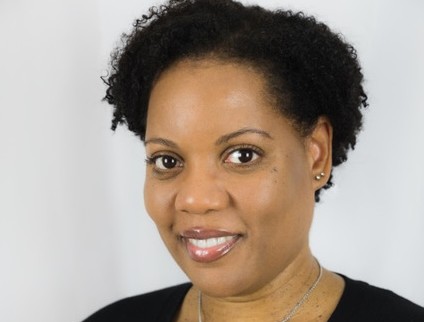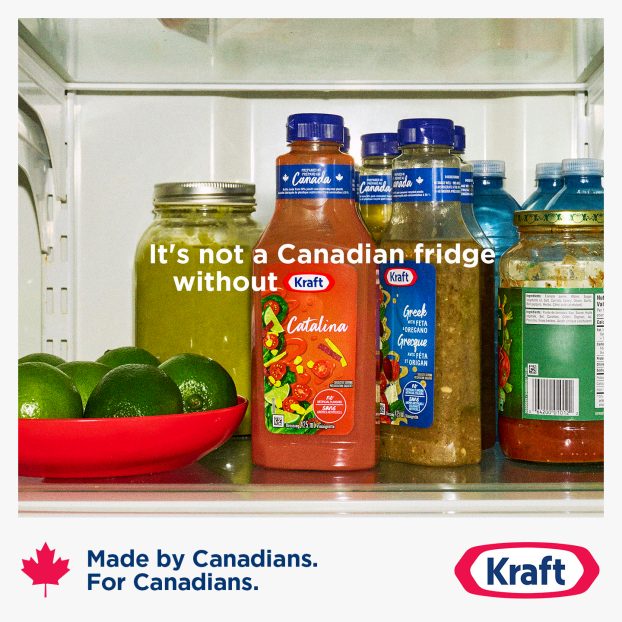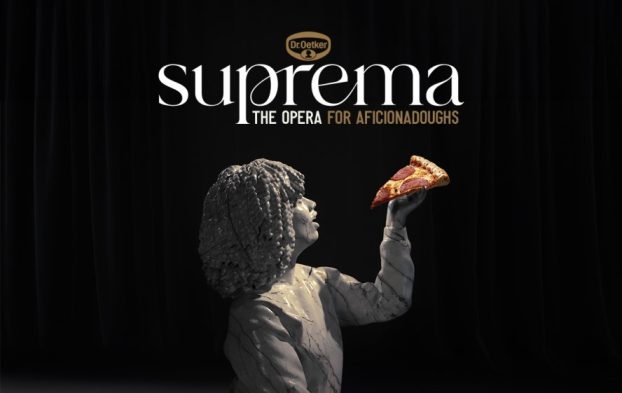It was time versus testing.
When Yvon Savaria joined Longueuil, Que.-based Sico as director of marketing, the company was on the eve of launching its new Super Washable brand – a line of flat-looking, washable paints. But Savaria and the team weren’t 100% confident in the product’s launch. Why? They hadn’t done any market research. Since the idea was one many paint companies were chasing, Sico was in a hurry to get the brand out the door. So the launch rolled out – untested – and Sico waited for consumer response.
And respond they did. In post-launch research, Sico heard a startling revelation: ‘The product was not performing because consumers told us that a flat, super-washable paint was contradictory. There were some [preconceived notions] that if it’s flat, you cannot wash it. We, of course, introduced it as flat and washable, but consumers didn’t believe us,’ Savaria says.
So Sico began working on a second-generation paint, but improving the actual product was only half the battle: Savaria knew that no matter how well it performed, the second entry would still have to overcome a powerful preconception among consumers that if it’s flat, it’s not washable.
To overcome that notion, this time the paint’s washability was moved down to a secondary attribute and the focus was shifted to the unique depth and soft texture of the paint. The new positioning was clinched with a new name that emphasized look and feel over washability: Cashmere.
‘Consumers liked the imagery of cashmere. They liked what they felt the end results of the paint were, and we ultimately found that was a good way to go around that existing perception,’ Savaria says. Today, Cashmere is part of a large portfolio of successful paints that were recently consolidated under the Sico brand name as the company celebrates its 65th anniversary.
The lesson learned? Do your market research first. Not only can it tell you whether or not there’s a demand for your new product, it can tell you how to position it, too.
Kelowna, B.C.’s Sun-Rype Products saw this lesson in action when it launched innovative new bars made of fruits and vegetables earlier this spring. The product sprang from initial focus group results indicating that people were having trouble getting their required servings of fruits and vegetables each day – especially the vegetables.
Following 10 to 12 additional focus groups, plus two rounds of purchase-intent research, Sun-Rype found that consumers were incredibly skeptical about the idea of mixing fruits and vegetables into a bar – until they actually tasted it.
‘The overriding issue to everything was taste,’ says Gary Turner, Sun-Rype’s category manager for new products. ‘If it doesn’t taste good, they’re simply not going to buy it.’ So taste was incorporated into the launch of the product, and the bulk of the media budget went towards in-store sampling, polybagging the product with major newspapers and magazines, and direct-to-home sampling.
Nonetheless, just doing the pre-launch research is only half the battle: you have to make sure you interpret the results correctly, too. Just look at what happened when New Coke rolled out in 1985. While early focus group and survey research indicated there would be some small dissatisfaction at abandoning their decades-old Coke formulation, the Cola giant predicted that the dissatisfaction would eventually fade. Perhaps so, but the research only compared New Coke to Pepsi – not to the original Coke, which turned out to be the real competition.
Focus group follies
It’s easy to misinterpret data, or not ask the right questions to begin with, particularly when it comes to focus groups, one of the key methods Coca-Cola used. In fact, while a valid and popular way to get direct feedback on new product concepts, focus groups are only useful if you avoid the pitfalls.
For instance, while working in the U.S., Mike Minchin found his research hampered by ‘professional’ focus group panelists who travelled the circuit feeding marketers what they thought they wanted to hear.
‘It’s catching up here very quickly – you just find it’s now harder to recruit people who have not been in focus groups [before],’ says Minchin, now VP of marketing for Corby Distilleries in Toronto, which recently launched a new CC&G cooler product. ‘It’s one of my greatest frustrations, that people have not been recruited properly for groups, because the focus group companies often have responsibilities for delivering the people on time with their set lists,’ he says. ‘And it happens that there are people who have been recruited and say ‘Oh I was just in a group.”
Other complaints include recruiting panelists who have no knowledge of the category (for instance, including a non-rum drinker in a group testing new rum product ideas) and dominating group members (Minchin has actually pulled such people from groups, telling them they have a phone call, paying them and sending them home).
Another challenge in focus groups is evaluating the gap between what consumers say they’ll do – such as buy a new brand of chips – and what they would actually do. Opinions formed in the boardroom don’t always translate into sales once the pricing, packaging, shelving and other competitive factors are introduced in the retail environment.
‘Focus groups are a good place to start, but I think you have to take them at face value,’ says Cheryl Radisa, director of marketing for Ocean Spray International Services in Mississauga, Ont., which just launched a less tart product extension called Ocean Spray White Cranberry.
‘Consumers will do a good job reacting to what’s in front of them, but they have a hard time articulating and giving you direction that isn’t what you’ve already presented.’
This isn’t to say that using focus groups is a bad idea – it’s just you have to know what you’ll get out of it. At Toronto-based McDonald’s Restaurants of Canada, Neil Everett, VP marketing, says their main role should be to clarify the intent of the research.
‘Sometimes people go into research thinking they already know the answer and they write questions to get the answers they’re looking for, rather than having an open mind,’ says Everett. ‘They also look at it as the be-all and end-all in what they should do rather than just looking at it as a tool that provides input into the decision-making process. At the end of the day, for marketers, there’s still a bit of a gut check.’
Test marketing:
The ultimate research
While some marketers currently seem to rely on the process of focus groups followed by quantitative research, one of the better ways to handle market research is test marketing, something McDonald’s used extensively in the recent launch of its Lighter Choices Menu (see ‘The Research Behind the McLaunch,’ p. 30).
However, test marketing is expensive and can significantly delay the full launch. Corby passed on this final stage for its CC&G launch due to a number of factors, one of them being the competitive nature of the fast-growing ready-to-drink alcohol category.
‘The spirits category wasn’t that timely probably five years ago. But it’s becoming more and more accelerated, and getting new [products] to market quickly is becoming that much more critical,’ Minchin says. ‘I’m not saying that there isn’t room for test marketing. There is. I just think it depends on how big of an opportunity you think you have, and how certain your up-front research results are.’ Sometimes test marketing can be almost as costly as a full national launch.
Because of these factors, Peter Greensmith, EVP at Toronto-based Market Facts of Canada, has noticed a decline in this ‘ultimate’ form of research. ‘There used to be a lot more test marketing and there’s less now. I think one of the reasons is that people put more emphasis on reasonable security than having total confirmation that what they’re going to do will be successful,’ he says.
Beyond the boardroom
Instead, over the past five years there has been a resurgence in ‘observational research,’ where consumers are observed in their homes doing tasks.
That’s how, in the late 1990s, Cincinnati-based Procter & Gamble launched its Dryel product, which allowed consumers to dry-clean their clothes in a dryer. P&G researchers would watch as people sorted laundry in their homes, creating piles of darks, and whites and delicates – and an ‘unknown’ pile. That pile was reserved for the dry cleaners.
At Generations Research in Toronto, such research is conducted via a ‘friendship circle’ says Louise Doucet, president. For a food product, for instance, researchers go into the home and the principal grocery shopper brings in four or five of her friends to sit and talk about food. ‘You have to go out and see what’s happening in people’s lives and see where the product fits in,’ says Doucet. ‘And go to them, don’t have them come to you.’ The whole idea? Make the research environment as realistic as possible.
For some products, testing in a realistic home environment can be challenging. That was a hurdle Savaria had to clear when testing Sico’s paint products. Instead of using a focus group, he invited consumers to come to an office that had four or five three-walled cubicles set up and had them paint the cubicle. ‘We tried to make it as close to real life as possible, and this gave us a certain consumer reaction in a real life environment,’ he says.
Quantitative still beats
touchy-feely
While such qualitative methods can provide real insight, quantitative research – such as 3,000 face-to-face interviews with consumers – remains a necessary step if you’re pouring millions into a new product. If anything, getting solid numbers to back up your hunches plays a more important role than ever.
‘The touchy-feely research is nice but companies today really need proof that something’s going to work,’ says Generations’ Doucet. ‘No one’s going to launch a new product today without some form of quantitative research to give them that assurance that there’s potential.’
That’s good advice for any marketer who isn’t aiming to make another contribution to the New Products Showcase and Learning Center in Ithaca, N.Y. It’s otherwise known as The Museum of Failed Products.























